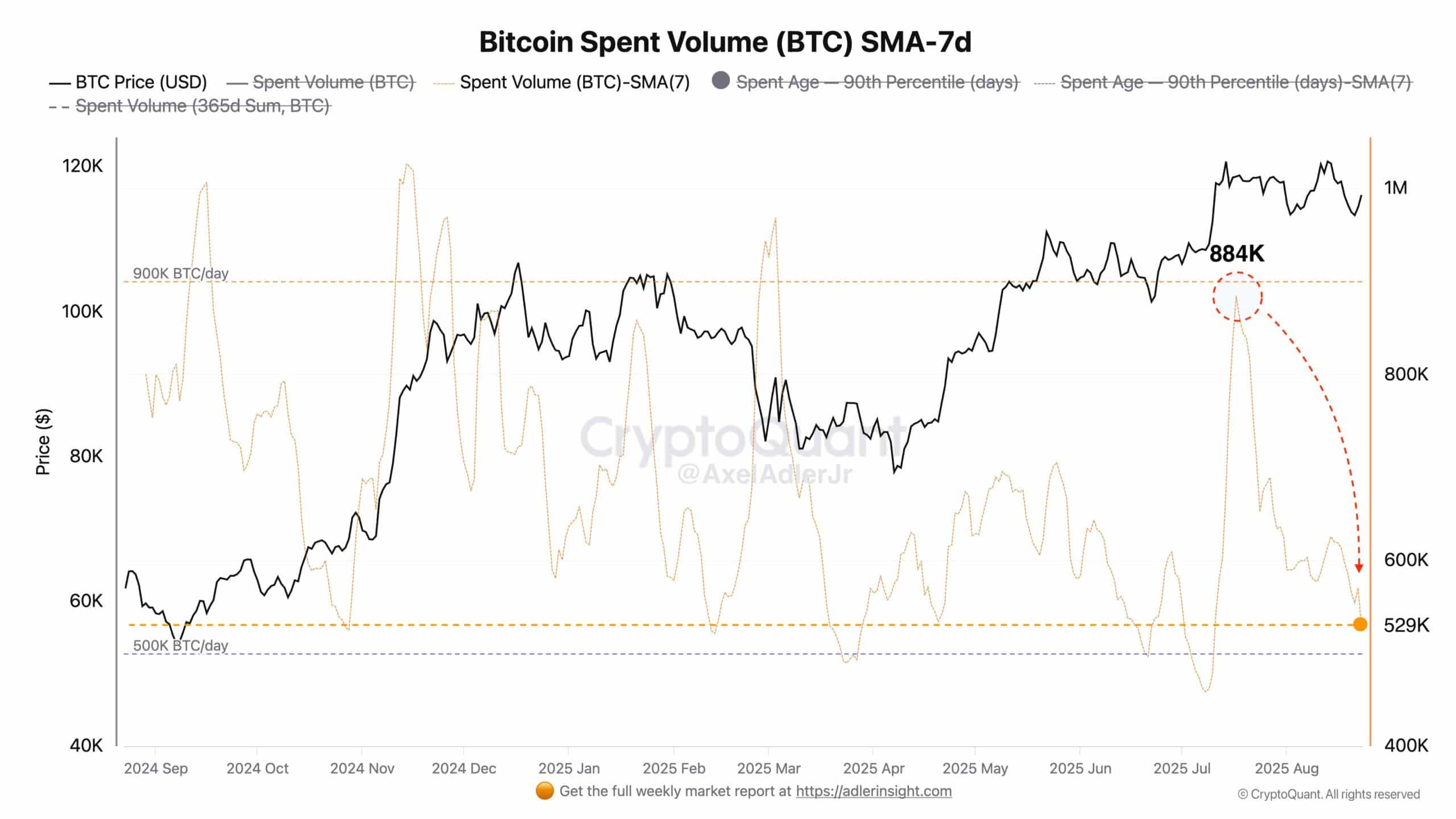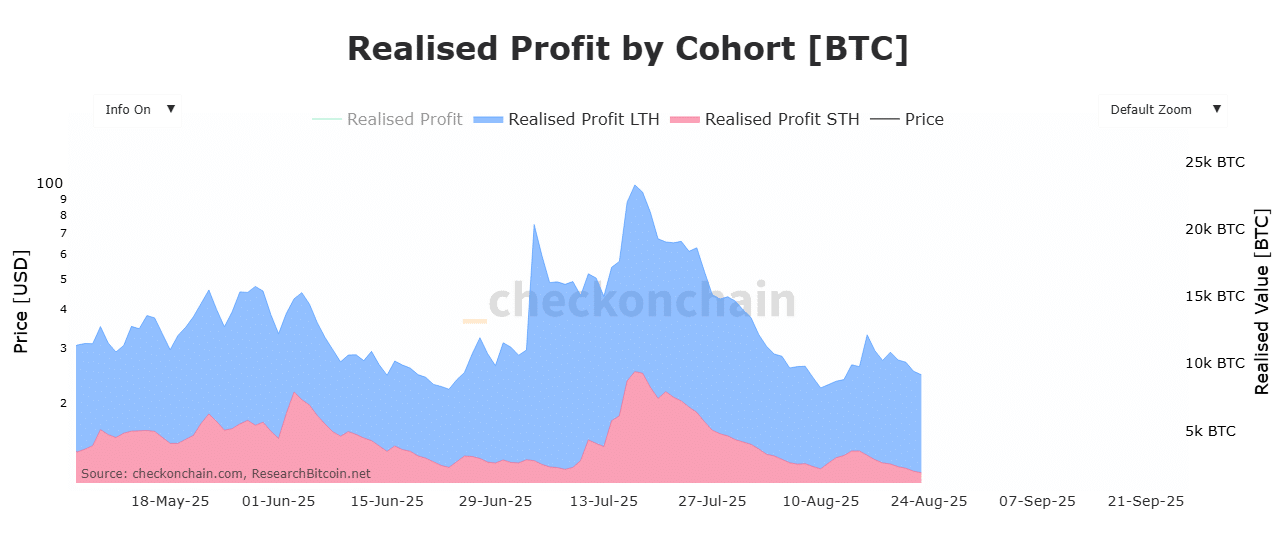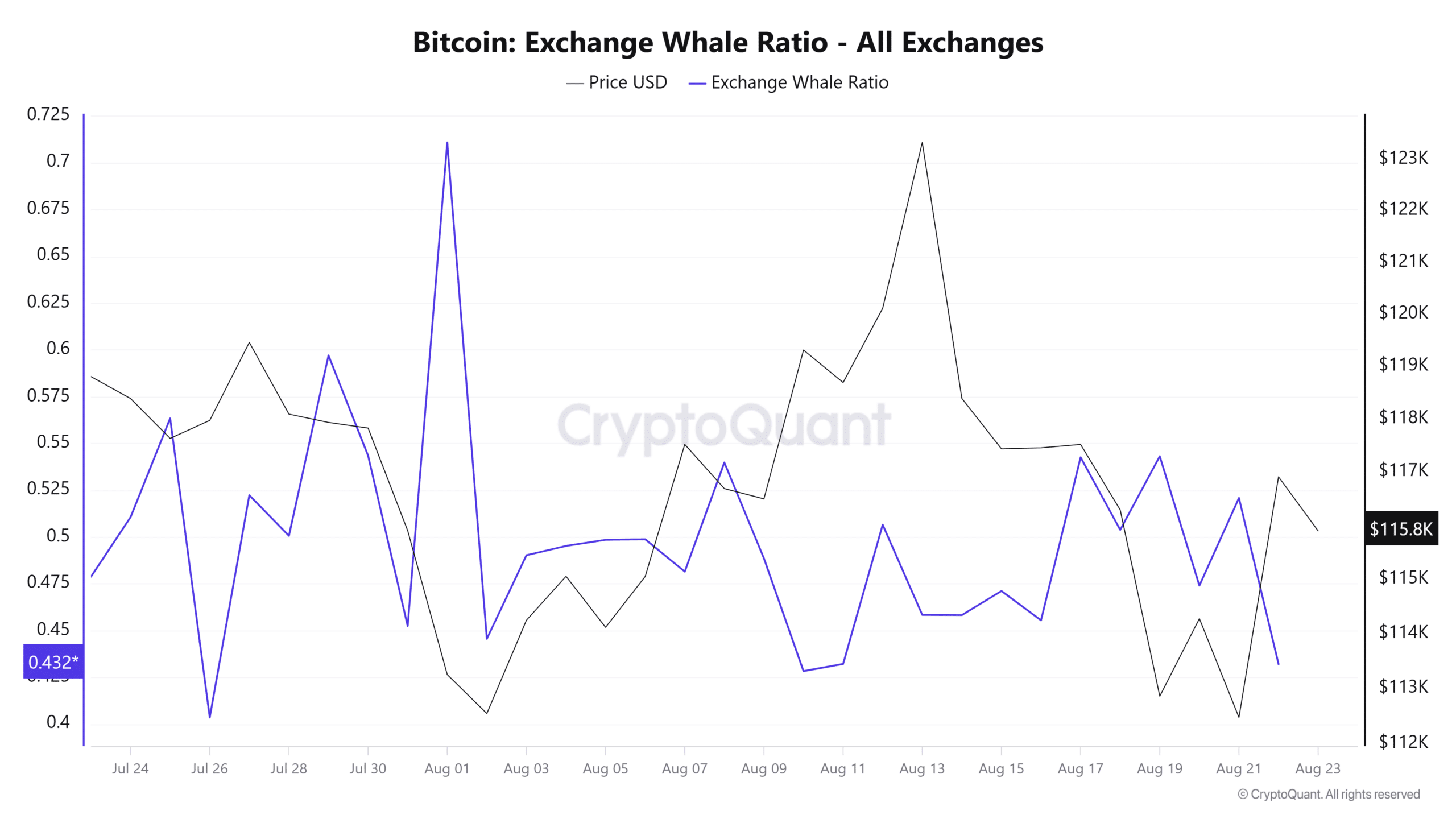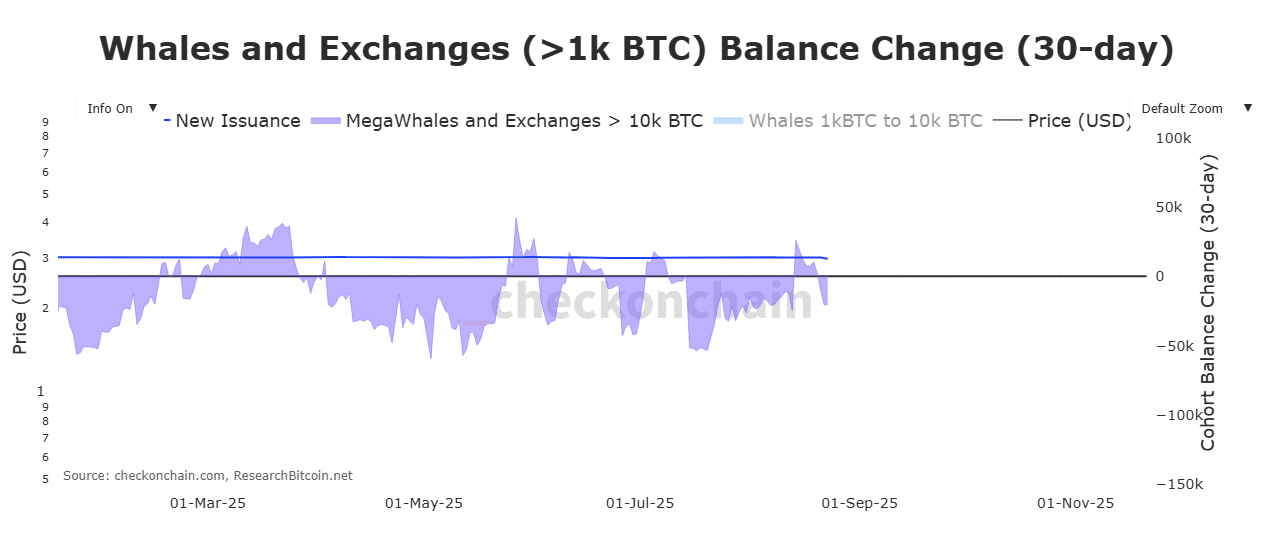Bitcoin price recovery is driven by sharply reduced selling and renewed whale accumulation: spent volume fell to a weekly average of 529K BTC, Exchange Whale Ratio hit 0.43, and Netflow turned negative at -$128M — signs that demand from large holders is supporting a rebound.
-
Spent Volume plunged to 529K BTC (SMA-7d)
-
Exchange Whale Ratio dropped to 0.43, indicating fewer whales sending BTC to exchanges.
-
Netflow turned negative at -$128M, reflecting aggressive accumulation (CoinGlass data).
Meta description: Bitcoin price recovery driven by reduced selling and whale accumulation; spent volume 529K BTC, Netflow -$128M. Read analysis and key takeaways.
What is driving Bitcoin’s price recovery?
Bitcoin price recovery is being driven by a marked decline in spent volume and reduced exchange supply as large holders withdraw coins, while Netflow signals aggressive accumulation. These on-chain shifts have eased selling pressure and provided upward price support in recent sessions.
How did spent volume and realized profit change?
Spent Volume (SMA-7d) dropped to 529K BTC per day, signaling the main wave of sellers has paused. Realized Profit across cohorts also fell, with long-term holders booking 7.2K BTC and short-term holders 1.8K BTC, indicating limited profit-taking despite price swings.
Key Takeaways
- Seller wave subsided: Spent Volume (SMA-7d) fell to 529K BTC, indicating reduced selling incentives.
- Whales accumulating: Exchange Whale Ratio reached a 12-day low (0.43) and MegaWhales posted net withdrawals totaling -20.36K BTC.
- Netflow turned negative: Spot Netflow hit -$128M, a clear signal of aggressive accumulation that could underpin higher prices.
After hitting a local low of $111K, Bitcoin [BTC] bounced to $117,421 before retracing to $115,411. As of press time, BTC traded at $115,601, up 2.45% in 24 hours — evidence of building upward pressure.
Why did primary selling ease?
Analyst data (CryptoQuant) shows Spent Volume collapsed, signaling the principal selling cohort paused activity. Reduced incentives to sell after recent losses led both long- and short-term holders to lock in far smaller realized profits than during prior rallies.
How are whales repositioning?
CryptoQuant and Checkonchain metrics show whales are pulling coins off exchanges. The Exchange Whale Ratio dropping to 0.43 and MegaWhales displaying a -20.36K BTC balance change indicate withdrawals exceeded deposits, consistent with accumulation into private custody.


Source: CryptoQuant
Realized Profit data showed long-term holders booked 7.2K BTC and short-term holders 1.8K BTC in profit, underscoring muted profit-taking even after the bounce.


Source: Checkonchain
Can easing selling pressure push BTC higher?
Current on-chain data suggests so. Netflow turning negative at -$128M (CoinGlass) and ongoing whale withdrawals provide constructive conditions for BTC to reclaim $117K and test $119,600.


Source: CryptoQuant


Source: Checkonchain
According to CoinGlass data, spot Netflow hit -$128M, consistent with aggressive buy-side activity that removed supply from the market.


Source: CoinGlass
Frequently Asked Questions
What does a falling Exchange Whale Ratio indicate?
A falling Exchange Whale Ratio indicates fewer large transfers to exchanges relative to total flows, often a sign whales are keeping BTC off exchanges to accumulate rather than sell.
What are the immediate price scenarios?
If whales keep absorbing supply, BTC could reclaim $117K and test $119,600. If selling resumes, BTC risks retesting the $112K support zone.
How reliable are these on-chain signals?
On-chain metrics like Spent Volume, Exchange Whale Ratio and Netflow are widely used by analysts to gauge supply-demand dynamics, but they should be combined with broader market context for robust interpretation.
Conclusion
Bitcoin price recovery appears underpinned by a major reduction in spent volume, withdrawal of supply by large holders, and negative spot Netflow pointing to accumulation. These fact-based on-chain signals suggest upside potential toward $117K–$119.6K if whale-led absorption continues; traders should monitor exchange balances and realized profit flows for signs of renewed selling.
